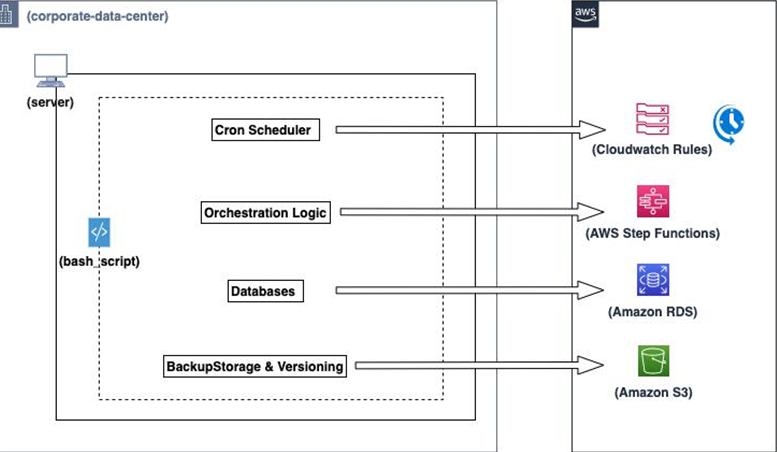It is important to take the cognitive load off of your customers and offer them services that are operationally light, are easy to consume, and require little to no intervention. This enables them to focus on their core job, without worrying about any add-on responsibilities.
Offering well-documented and easy-to-consume interfaces (or APIs) would have been far easier for the developers in my team rather than onboarding them to learn how to use the custom -built Bash framework. What they really needed was an easy method to provision production -like databases. Exposing them to underlying infrastructure scalability issues and Bash internals was an unnecessary cognitive load that ideally should have been avoided.
Similarly, the on-premises infrastructure team’s focus on their customer (myself) could have eased my job of requesting new infrastructure resources, without having to go through all the logistics and endure a long wait until something tangible was ready for use.
This is an area AWS excels in. It reduces the cognitive load for the end user and enables them to deliver business outcomes, instead of focusing on the underlying technology. The customer consumes the services and has less to worry about when it comes to the availability, scalability, and reliability of the service, as well as the underlying infrastructure. It offers these services in the form of APIs with which the developers can interact, using the tools of their choice.
Mapping the solution components to the AWS services
One exercise that will often help you when working with AWS is designing your solution, identifying key components, and then evaluating whether some of these un-differentiated tasks can be offloaded to AWS services. It’s good practice to compare these choices and to conduct a cost-benefit analysis before adopting the services immediately. Let’s dive quickly into the main components of the database replicas’ example discussed in the Production-like environments section previously, and consider whether AWS services could have been an option to avoid reinventing the wheel:

Figure 1.3: Mapping Bash framework components to AWS services
From a timeline perspective, building the entire stack from scratch, as seen in Figure 1.3, took around three months, but you can provision similar services in your AWS account in less than three hours. That’s the level of impact AWS can have in your DevOps journey. In addition, it’s important to understand that you need not go all-in on AWS. If Amazon S3 (data storage and retrieval service) is all that was needed, then retaining the other components on-premises and using AWS as an extension of the solution could also be considered as an approach for solving the problems at hand.
To summarize, understand your needs, evaluate the benefits provided by AWS services, and adopt only what helps you in the long run.
Now, let’s discuss another instance in which I helped the same developers scale their continuous integration activities with GitLab Continuous Integration and Continuous Deliver, but this time, with AWS. If you have not been exposed to these terms before, continuous integration is a practice that automates the integration of code changes from multiple developers into a single project, and GitLab is a software development platform that helps with the adoption of DevOps practices.

